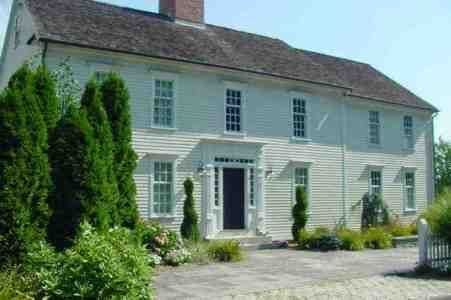Built c.1750 Designated CP July 22, 1994 | NRHP Reference # 82004340 Added to NRHP 15 March 1982 | |
 | ||
Area less than 1 acre (0.40 ha) Similar Lynde Point Light, The Katharine Hepburn, Rocky Neck State Park, Falkner Island, Rayward–Shepherd House | ||
The William Tully House, also known as Hartsease or Heartsease, is a historic house at 135 North Cove Road in Old Saybrook, Connecticut. The house has also been associated with the name Heartsease. There is no documentation why this name came about, but it could be in relation to the flower Viola tricolor (also known as heartsease) once growing in the yard. It could also be related to its use as a summer house for working girls. The house is a 2-1/2 story wood frame structure, four bays wide, with a central chimney and centered doorway. It was built circa 1750. The exact construction date is not documented, but William Tully's father divided his land holdings in 1745. This event, and the 1779 American Revolutionary War incident described below, guided architectural historians to date the house at about 1750, assuming that William Tully built the house soon after receiving the land.
The house was the site of a small incident on August 8, 1779, in which Tories from Middletown sought release of some of their own goods to sell to the British, but two were killed and they retreated. The house was later owned by Dr. William Tully (the fourth with that name), described as one of Connecticut's leading scientific doctors of the first half of the 19th century.
The house was listed on the National Register of Historic Places in 1982.
